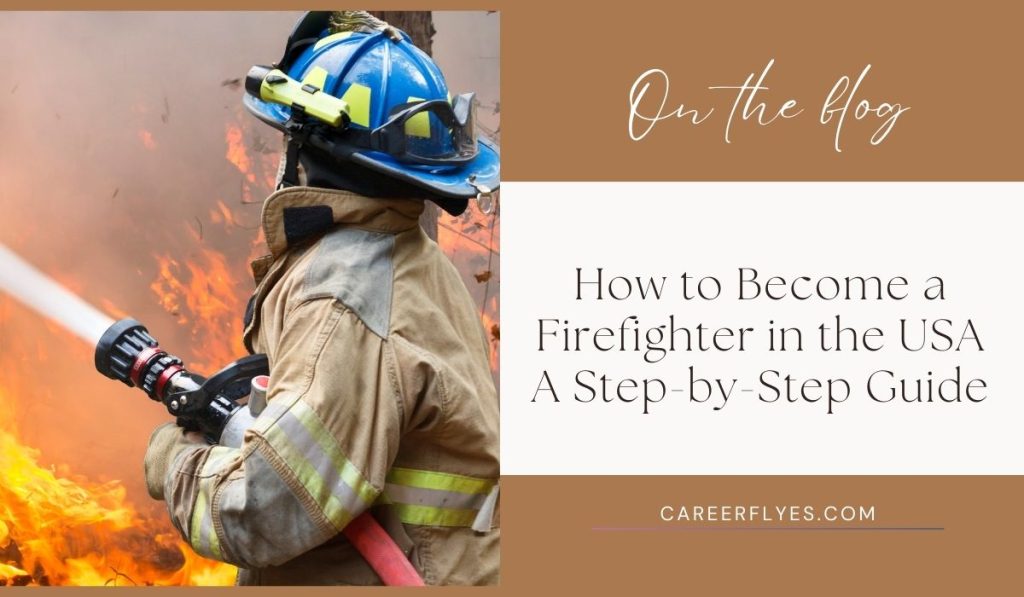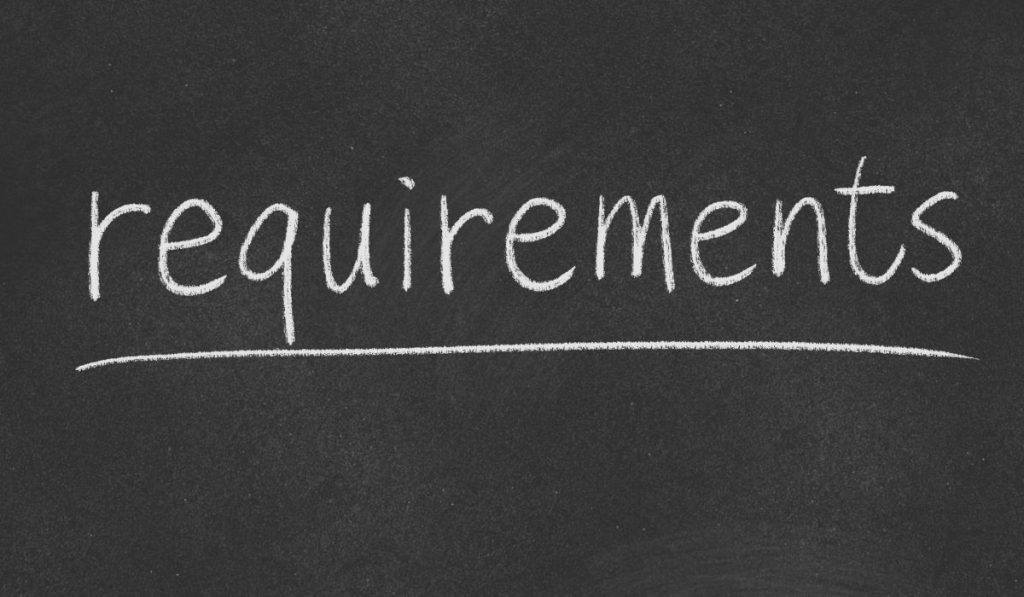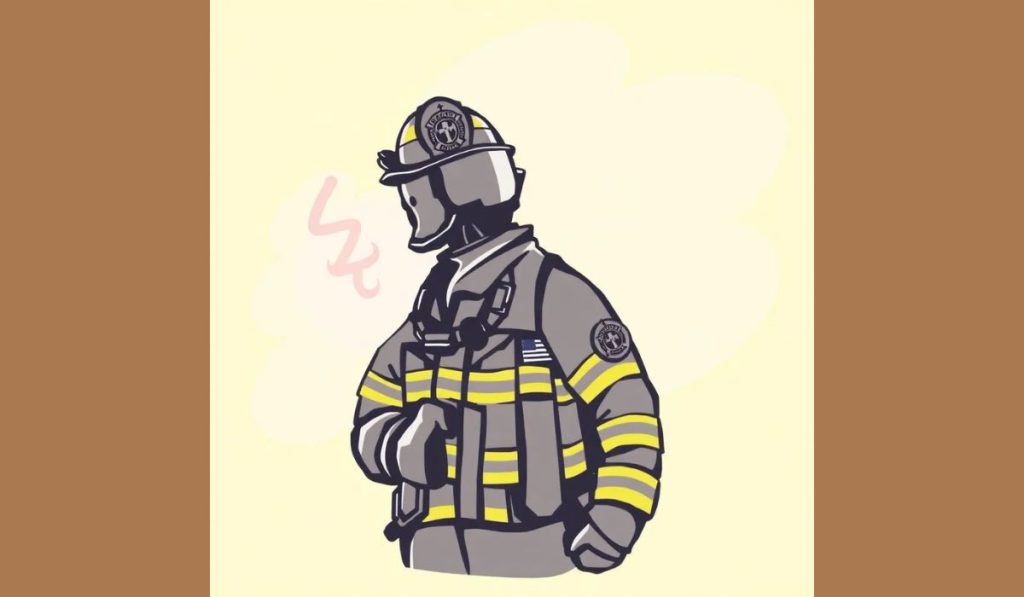How to Become a Firefighter in the USA: A Step-by-Step Guide
6 min read
Have you ever wondered what it would be like to be the one running into a burning building when everyone else is running out? Do you want a job where you don’t just punch a clock but truly make a difference every single day? If you’re looking for a career that’s both rewarding and tough as nails, becoming a firefighter might just be your calling. It’s not every day that you get the chance to be an everyday hero, but for firefighters, that’s exactly what their job is all about—saving lives, protecting property, and giving back to the community.

But becoming a firefighter isn’t just about guts and glory. It’s a tough path, requiring serious physical fitness, rigorous training, and passing a series of demanding exams. You’ll need to prove you’ve got what it takes both mentally and physically because this job isn’t for the faint of heart. Imagine it as a marathon, not a sprint—every step, every stage of training, is essential to ensuring you’re prepared for the challenges ahead.
In this guide, we’ll break down exactly what it takes to become a firefighter in the USA. From meeting the basic requirements to passing the physical and written exams, this step-by-step roadmap will help you navigate the journey toward one of the most fulfilling careers out there. Ready to join the ranks of those who keep us safe? Let’s dive in.
Meeting the Basic Requirements to Become a Firefighter
Becoming a firefighter isn’t as simple as just signing up; there are a few basic boxes you need to check first. For starters, you’ll need to be at least 18 years old to apply to most fire departments. Age isn’t the only requirement, though—having at least a high school diploma or GED is essential. If you’ve got a bit of extra schooling under your belt, like coursework in fire science or emergency medical services (EMS), it’ll only help you stand out when it’s time to apply.
Oh, and don’t forget about your driver’s license. Firefighters need to have a clean driving record and a valid license because, well, driving fire trucks and emergency vehicles safely is a pretty important part of the job.
Firefighting isn’t a desk job—you’re going to need to be in top physical shape. From hauling heavy hoses to climbing ladders with gear that weighs as much as a small child, the physical demands are no joke. That’s why many fire departments require you to pass the Candidate Physical Ability Test (CPAT). Think of it as a firefighter obstacle course, where you’ll tackle tasks like carrying equipment, dragging hoses, and rescuing people from dangerous situations. It’s a serious workout!
In fact, around 40% of firefighter injuries are due to overexertion, which shows just how tough the job can be on your body. You’ll need to be strong, fast, and have plenty of endurance to keep up with the demands of this career.
Getting the Required Education and Training

Firefighter Training Programs
Once you’ve met the basic requirements, it’s time to level up with training. Most aspiring firefighters attend a fire academy, where you’ll learn everything from fire behavior to rescue operations. You’ll also practice firefighting techniques and learn how to handle emergencies. These academies typically last about 12 to 14 weeks, blending classroom instruction with hands-on practice so you’re ready for real-world situations.
Earning Certifications
In addition to fire academy training, many fire departments require certain certifications. The most common is Emergency Medical Technician (EMT) certification, which is important because firefighters often act as first responders to medical emergencies. Other must-have certifications include CPR and First Aid training.
Getting these certifications isn’t just about ticking off boxes—it’s about gaining the skills that could one day save someone’s life in an emergency.
Optional Higher Education
While not mandatory, earning a degree in fire science or emergency management can make you stand out as a more competitive candidate. Community colleges often offer associate degrees in these areas, giving you deeper insight into fire prevention, fire behavior, and more advanced firefighting techniques. Think of it as extra armor that helps you stand out when you’re up against other applicants for a job.
The Firefighter Application and Hiring Process
Once your training is complete, it’s time to apply for a job. Most fire departments require applicants to pass a written exam that tests your knowledge in areas like mechanical reasoning, reading comprehension, and basic math skills. It’s not just about brawn—there’s some brainpower involved, too!
Even after all that training, you’ll still need to pass the CPAT during the application process. This test proves that you can physically handle the demands of the job. Whether it’s dragging heavy hoses, climbing stairs with 75 pounds of gear, or carrying a rescue dummy to safety, the CPAT is designed to make sure you’re up for the challenge.
If you pass the physical and written tests, you’ll likely be called in for an interview with a panel of senior firefighters or department officials. This is your chance to show your passion for the job and explain why you’re a good fit for the team. After that, expect a thorough background check to ensure there’s nothing in your past that could prevent you from working in such a high-responsibility role. Some departments may also require a psychological evaluation to ensure you’re prepared for the emotional challenges of the job.
Finally, you’ll undergo a medical examination to ensure you meet the health standards required to be a firefighter. A drug screening will also be part of the process, as fire departments need to ensure their team members are free from substance abuse.
Advancing Your Career as a Firefighter

Probationary Period and On-the-Job Training
Once you’re hired, the hard work isn’t over yet. Most fire departments require new hires to go through a probationary period where they’ll continue to receive on-the-job training. During this time, you’ll be proving your skills in real-life scenarios, learning from senior firefighters, and demonstrating that you’ve got what it takes to succeed in the field.
Career Advancement Opportunities
As you gain more experience, you’ll have opportunities for promotion. You could move up the ranks to become a fire engineer, lieutenant, captain, or even fire chief if leadership is something you’re interested in. You can also specialize in areas like fire prevention, training, or arson investigation, allowing you to focus on the aspects of firefighting that excite you most.
Firefighters typically work 24-hour shifts, followed by 48 hours off, but schedules can vary depending on department needs. It’s a tough schedule, but for those passionate about the work, it’s more than worth it.
The Rewards and Challenges of Being a Firefighter

The Benefits of a Firefighting Career
Becoming a firefighter is more than just a job—it’s a stable, government-backed career with plenty of job security. You’ll receive benefits like health insurance, pensions, and the satisfaction of knowing that every shift you work makes a difference.
Plus, the community impact is undeniable. Whether you’re saving lives, protecting property, or educating the public on fire safety, your role as a firefighter helps keep your community safe and sound.
The Challenges of the Job
Of course, firefighting isn’t without its challenges. It’s one of the most physically demanding and dangerous jobs out there. You’ll face extreme heat, toxic smoke, and unstable structures, not to mention the emotional toll of dealing with emergencies. Firefighters often witness traumatic events, and staying mentally strong is just as important as being physically fit.
Conclusion: Your Path to Becoming a Firefighter Starts Now
Becoming a firefighter is both physically and mentally demanding, but for those who rise to the challenge, it’s a career like no other. You’ll need to meet specific qualifications, pass rigorous tests, and stay in peak physical condition. But at the end of the day, you’ll have the chance to make a real difference, saving lives and protecting your community.
Whether you dream of battling flames or rescuing people in their most vulnerable moments, the path to becoming a firefighter is achievable with hard work, dedication, and perseverance.





